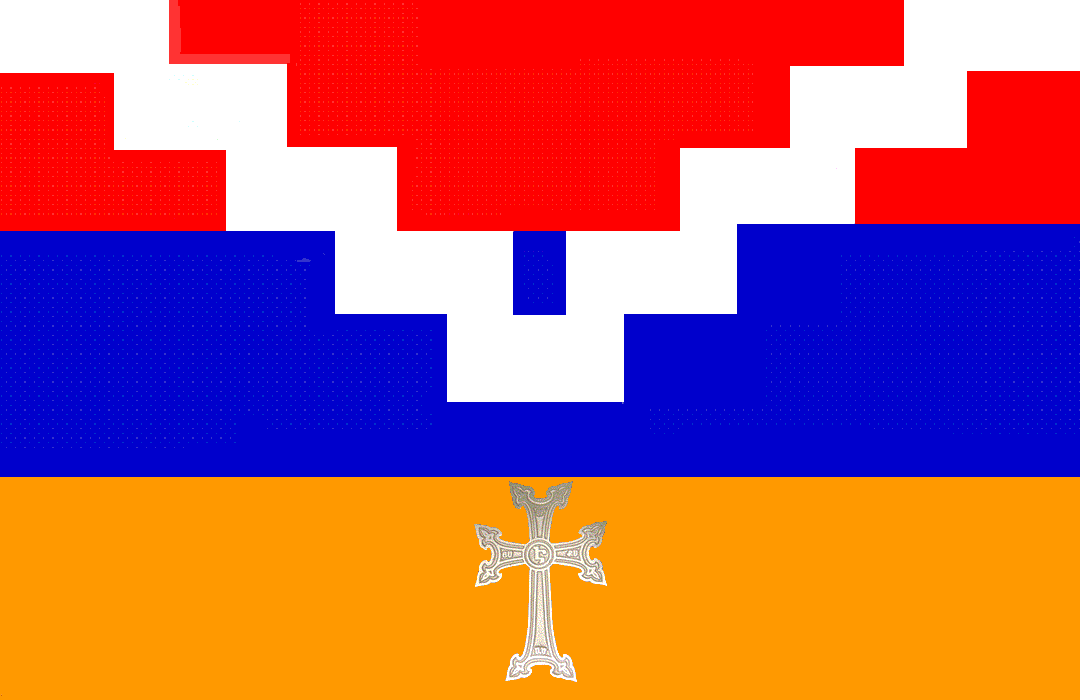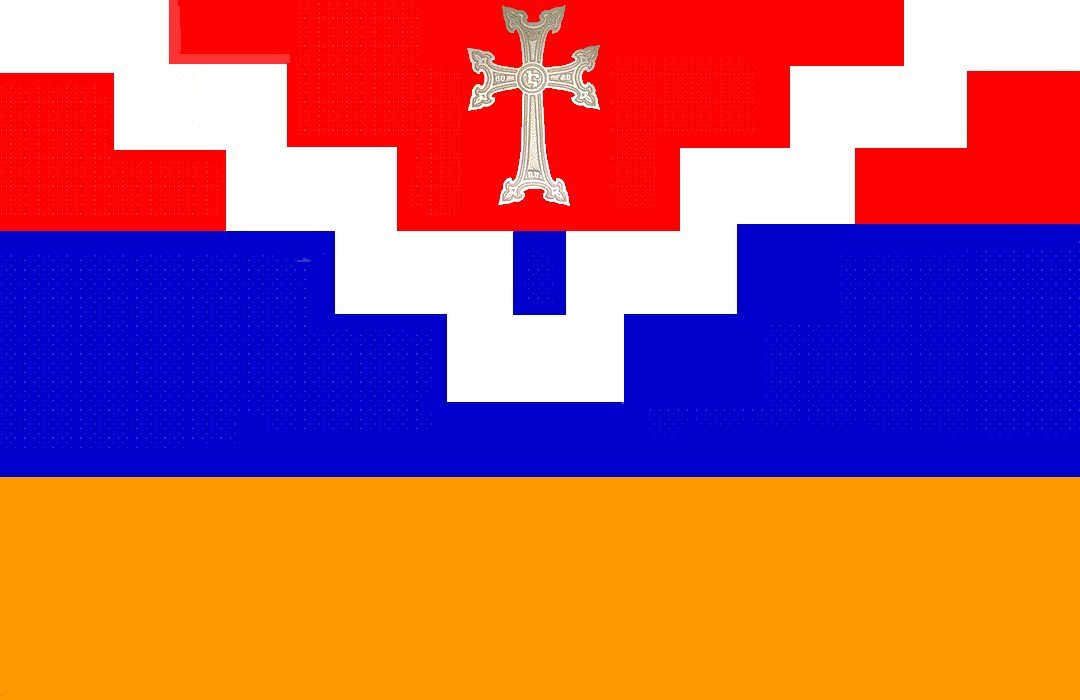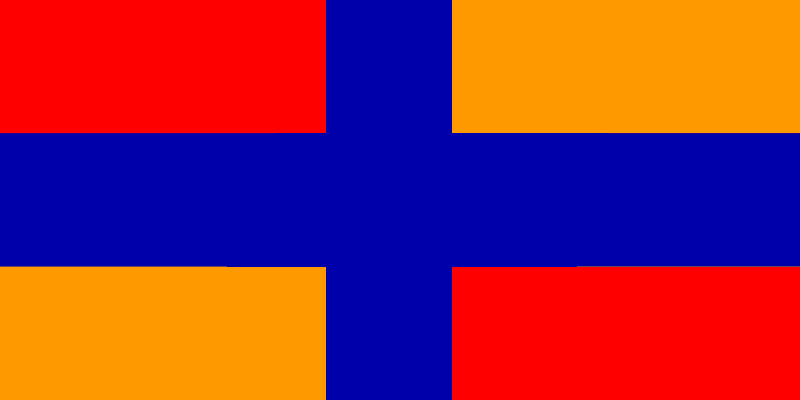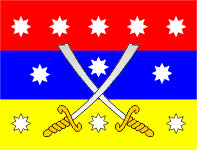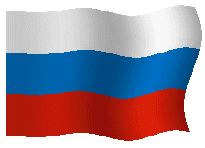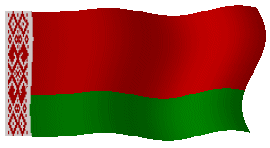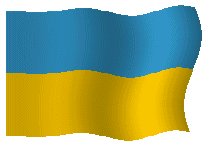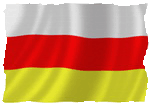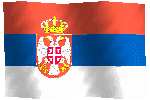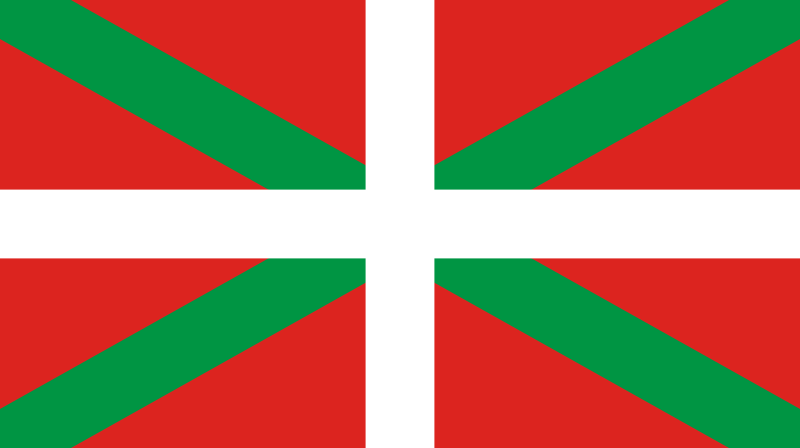Armenian Highland
the central of three Southwest Asiatic highlands; located mainly in Turkey, partly in the USSR and Iran. The part of the Armenian Highland that isin the USSR (the so-called Transcaucasian Highland) occupies all of the Armenian SSR, the southern Georgian SSR, and the western AzerbaijanSSR. In the broad sense of the word the Armenian Highland also embraces the Lesser Caucasus, the Armenian Taurus, and the KurdishMountains, taking in an area of approximately 400,000 sq km. In terms of structural geology, the Armenian Highland is a segment of theMediterranean alpide volcanic zone of folding with an extensive distribution of thick sedimentary layers from the Mesozoic and Cenozoic eras andintrusions of granitoid and ultrabasite rock mainly from the Upper Cretaceous, Paleocene, and Neocene periods. In the highland there arenumerous, often large deposits of chromite—for example, in Guleman (Turkey); copper pyrite ore, such as in Murgul (Turkey) and Kvartskhanra(USSR); arsenic, in Kagizman (Turkey); iron, gold, semimetallic ores, manganese, and rock salt in Kulp (Turkey); coal in Oltu (Turkey); andmanifestations of petroleum and natural gas. The topography consists of Neocene and Anthropocene lava plateaus topped with volcanic cones,which were uplifted by the most recent vaulting movements, and tectonic basins which remain from a general upheaval of the basin structure andwhich are divided by folding fault-block mountain ranges. Many mountain ranges (Dzhavakhet, Arsiianskii, Ağri Dağ) were formed by chains ofvolcanoes which sprang up along large fractures. The highest volcanoes are Great Ararat(5, 165 m), Sabalan (4,821 m), Süphan (4,434 m), andAragats (4,090 m). In historical times (1441) only the Nemrut volcano has been active. The largest nonvolcanic mountain ranges of the highlandare, in the Soviet part, the Zangezur and, outside the USSR, the Palandoken, Bingöl, Ala Dag, Qotur, Kara Dag, Mishab, Karabakh, Gegam, andBozqush. Characteristic of the highland are tectonic basins, parts of which are occupied by lakes (Van, Sevan, Urmia) with bottoms at altitudesfrom 700 to 2,000 m. Major hollows include Ararat, Erzurum, Mu, and Tabriz. The most extensive plateaus are the Kars, Ardahan, and Dzhavakhet.The climate of the Armenian Highland is subtropical continental. Annual precipitation averages 300–800 mm in the mountains and 150–300 mm inthe basins. Minimum precipitation occurs in the winter and maximum in the spring. Winters are long; there is frost in the mountains and snow in thenorth and west. Average temperature in January ranges from-3° to -15° C; in July the average is 15° to 20° C and up to 25° C in the basins. Theupper courses of the Kura, Aras (in Russian, Araks) Euphrates, and Great Zab (left tributary of the Tigris) rivers, as well as the large lakes Van,Urmia (saltwater), and Sevan, are all located in the Armenian Highland. There are many mineral springs, including thermal springs. The basins havearid steppes and mountainous semideserts. Soils are light chestnut and brown, ranging to sierozems. There are zones of river meadows andbrushwood along the watercourses and densely populated oases in the irrigated areas. From 800 to 1,400 meters the humid slopes havemountainous steppes with dark chestnut soils and chernozems; forests (oak, pine), brushwood overgrowth of the shibliak type, and stands ofjuniper are encountered in the lightly podzolized brown forest soils between 1,000 and 2,300 meters. Thickets of low-growing pillowlike thornybrushwood are widely distributed in the rocky soils on the less humid slopes. Regions of alpine meadows occur at elevations of 2,000 to 3,000 m,and above this zone craggy landscapes predominate. The summits of Great Ararat, Süphan, and Kaputdzhukh are covered with permanent snowand glaciers. There are many rodents and reptiles in the Armenian Highland; the roe deer, bezoar goat, mouflon, bear, leopard, and striped hyenaare also encountered.
Страницы
- Главная страница
- История Армении
- Армения Armenia Հայաստան
- Единая Молдова
- Баски Арменоиды -Բասկերը Արմենոիդնե'ր են
- Карты Армении
- Лекция-Происхождение Арменоидов и Армянского народа
- Схемы
- TV ARBUGO AND MPS
- Новые открытия, подтверждающие армяно-баскскую теорию
- Роберт Эллис "Армянское происхождение Этрусков", 1840 год
- Մտքեր - ՑԱՅԳ ռադիո «ՀԱՅ» - «ԱՐՓԱ» հաղորդաշար
- Малая Армения(Armeniakon)- Амшен -прародина Латино славянского типа Арменоидской расы http://arbugo.am/Small_Armenia_Hamshen_ru.html
- Талыш-Паитакаран
- Нахиджеван -Исконно Армянская земля,под оккупацией закавказских татар(1923-азербайджана )
- Арцах-Нагорный Карабах- Хачен -Aсирское название Уртехе
- Сарматия
The Armenian Highland

The Armenian Highland
Translate
Во всем мире, особенно в Европе, усиливаются разъединяющие и разрушающие тенденции. Они вносят смуту и вражду, создают напряженную обстановку как в отношениях между государствами, так и внутри отдельных стран. В этих условиях нужны идеи и цели, которые противостояли бы этим негативным явлениям. Эта идея - объединение всех наций Арменоидской расы, цель - создание союза или федерации этих наций. В этом процессе огромную роль может и должна играть воссоздания федеративной Республике Армении, которая находится в Араратской долине,в самом сердце Армянского Нагория - прародины Арменоидов. У нас общие корни, происхождение, культурные традиции.
Вновь возникшее государство Армянской расы(Арменоидов) в Араратской долине главной своей идеологической целью должно провозгласить и добиваться объединение вокруг Армени всех земель населенных Армянской расы(Арменоидами).
Методика?
Пропаганда!
Армянская Раса (Арменоид): имеет одну связывающею всех нас культуру, традиции, и главное: ПРОИСХОЖДЕНИЕ от Армянского Нагорья и Армян!
Давайте заглянем в будущее, оценим настоящее и вспомним прошлое!
Вновь возникшее государство Армянской расы(Арменоидов) в Араратской долине главной своей идеологической целью должно провозгласить и добиваться объединение вокруг Армени всех земель населенных Армянской расы(Арменоидами).
Методика?
Пропаганда!
наибольшее горе, страдание причинить может лишь ближний, и чем более близок тем более не переносимо страдание причиняемое предательством. Aрменоид под маской турка(Алевитов под маской турка,Хамшенов (Амшенцев) под маской турка , Талышов под маской турка), мерзость, и наша цель вернуть ему облик человека`арменоида.
Почему мы небыли подготовлены к геноциду? - дело в нашей чистоте и наивности, чем чище человек, чем более отдален от зла тем более беззащитен, от врагов `тюрков,.
Союз Армянской расы(Арменоидов) мира возможен он не обходим всем членам данного антропологического типа , и он рано или поздно будет создан.Армянская Раса (Арменоид): имеет одну связывающею всех нас культуру, традиции, и главное: ПРОИСХОЖДЕНИЕ от Армянского Нагорья и Армян!
Давайте заглянем в будущее, оценим настоящее и вспомним прошлое!




